latest

Resurrection Remix 8.5.7 based on Android 10 is now available for several Xiaomi, OnePlus, Samsung, and Google devices
The Resurrection Remix team has released Resurrection Remix 8.5.7 builds based on Android 10 for multiple smartphones from different OEMs.
If you consider yourself a true flashaholic, then the name "Resurrection Remix" should ring a bell. The custom ROM is known for its style and customizability, while its foundation is based on bits and pieces from LineageOS, Pixel Experience, and OmniROM. The developers started rebasing the project on top of Android 10 a few months ago, and they are now confident enough to remove the beta tag. The Resurrection Remix team has recently announced its first set of stable builds based on Android 10 for a bunch of devices, including several Xiaomi smartphones and a few others from ASUS, OnePlus, Samsung, and other OEMs.

LineageOS adds support for the Samsung Galaxy S9, Galaxy Note 9, Realme 2 Pro, and drops the Redmi Note 4
An official build of LineageOS 17.1 is now available for the Samsung Galaxy S9/S9+ Note 9, and more, while Realme 2 Pro gets LineageOS 16 support.
LineageOS is one of the most popular custom ROMs available for Android devices, and the team behind the project recently released the first LineageOS 17.1 builds based on Android 10. A handful of Google devices, such as the original Pixel lineup and the Google Nexus 6, couldn't make it to the initial roster, but eventually secured spots a few days later. Now, the LineageOS team has extended support for a few more devices, including the Exynos Samsung Galaxy S9, Galaxy S9+, Galaxy Note 9, and the Realme 2 Pro.

Download: MIUI 11 stable update rolling out to several Xiaomi and Redmi devices!
MIUI 11 is rolling out to several Xiaomi and Redmi devices. Head on over for download links for Recovery ROM and Fastboot ROM to sideload the update!
MIUI 11 is the newest big release for Xiaomi smartphones, perhaps even bigger than an Android version jump. Features on Xiaomi devices are dictated more by their MIUI versions than the underlying Android version, so an MIUI version upgrade is an exciting event. MIUI 11 was announced in China in September 2019, bringing along new features such as animated AOD and Horizon Light for supported devices, new font, dynamic sound system, Mi Work and Mi Go app suites, and more changes. The first batch of MIUI 11 Betas was available for a bunch of devices, and over the next few weeks, devices like the Redmi K20 have begun receiving their stable MIUI 11 updates. Now, Xiaomi has officially confirmed that stable MIUI 11 update is rolling out to the Xiaomi Redmi Note 7 Pro, Redmi 7, Redmi Note 5 Pro and the Poco F1.
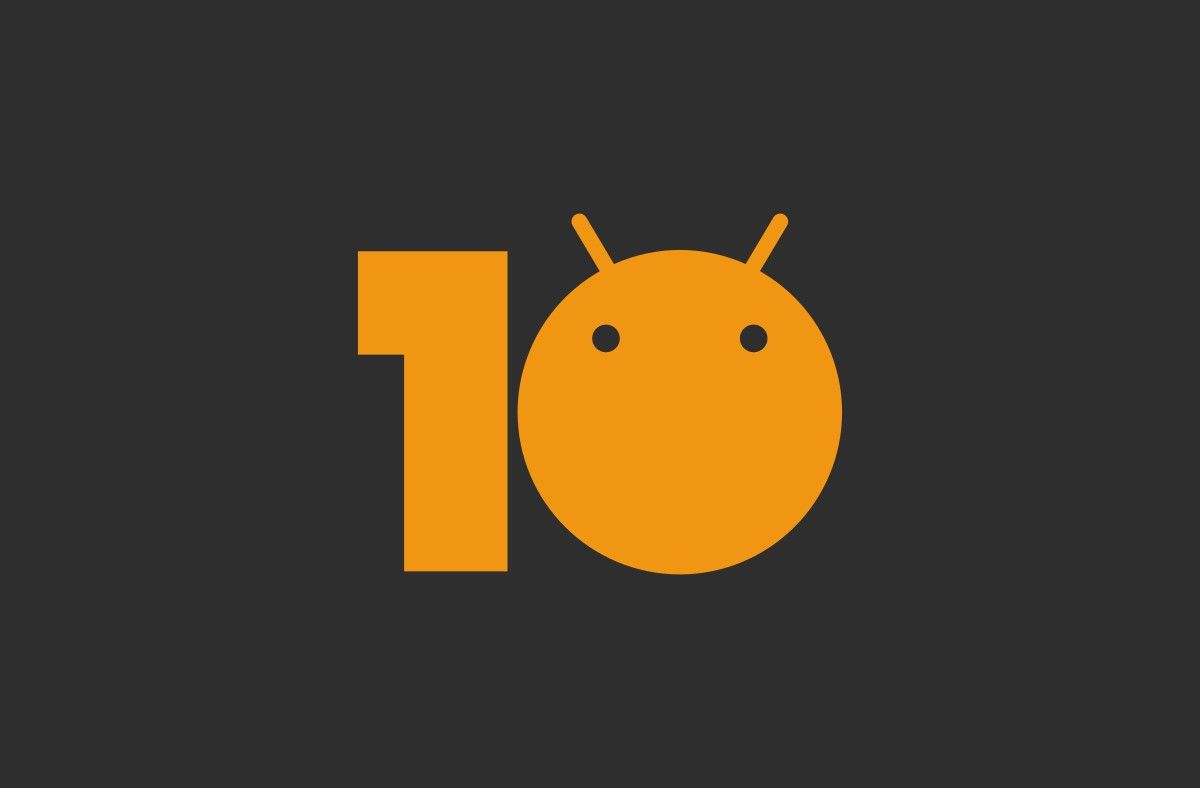
Developers port Android 10 to the Xiaomi Redmi Note 4, Redmi 6 Pro, OnePlus 5/5T, LG V30, and Samsung Galaxy Tab S5e
Android 10 custom ROMs are now available for the Xiaomi Redmi Note 4, Redmi 6 Pro, OnePlus 5 and OnePlus 5T, LG V30 and Samsung Galaxy Tab S5e! Check it out
Android 10 updates are now underway for several devices, either officially or unofficially. The latest version of Android was officially released early this month, and if you have a recent Pixel, OnePlus or Xiaomi device, then you may already be running the latest and greatest from Google. If you haven't yet, then an update may be underway and is set to come to your phone in the near future. Of course, custom ROMs are also an option, especially if you have a relatively older device. And custom ROMs based on Android 10 have started to pop up all across our forums. Now, the latest devices receiving unofficial Android 10 updates include the Xiaomi Redmi Note 4, Redmi 6 Pro, the OnePlus 5, the OnePlus 5T, the LG V30, and the Samsung Galaxy Tab S5e.

CarbonROM 7 based on Android Pie is here for the OnePlus 6/5T/5/3T/3, Xiaomi Redmi Note 4, POCO F1, and more
CarbonROM 7 Opal based on Android Pie is finally here through official releases for the OnePlus 6/5T/5/3T/3, Xiaomi Redmi Note 4, Poco F1 and more! Read on!
Right about a year ago, the team behind CarbonROM had announced their Android Oreo releases in the form of CarbonROM Noct. Now, the team is happy to announce that official Carbon ROM 7 "Opal" based on Android Pie is now officially rolling out for the initial batch of supported devices.

POSP's latest update brings back Android Pie's missing expandable volume panel on the OnePlus 6T, POCO F1, and other devices
The latest update to Potato Open Sauce Project custom ROM brings back the expandable volume panel to Android Pie on supported devices. Read on to know more!
Potato Open Sauce Project (no, I did not type that wrong), or POSP in short, is one of the newer multi-device ROMs out there. POSP by Team Potato starts off with an AOSP base and adds in select features from other open source projects, as well as adds in other new features. For instance, the latest release of POSP (v2.2) brings back the expandable volume panel from Oreo to Android Pie.

Download MIUI 10 Global Stable for the Xiaomi Redmi Note 6 Pro and Redmi Note 4/4X
MIUI 10 Global Stable ROMs are now available for the Xiaomi Redmi Note 6 Pro and the Xiaomi Redmi Note 4/Xiaomi Redmi Note 4X.
MIUI 10 is the latest version of MIUI, the proprietary custom user interface developed by Xiaomi. MIUI 10 Global was announced in June at the Xiaomi Redmi Y2 event. Since September, Xiaomi has been rolling out MIUI 10 Global Stable updates for many of its devices. The most recent device to get the MIUI 10 Global Stable update was the Xiaomi POCO F1. Now, the Xiaomi Redmi Note 6 Pro and the Xiaomi Redmi Note 4/4X (Qualcomm Snapdragon variant) are the latest devices to get the MIUI 10 Global Stable ROM.
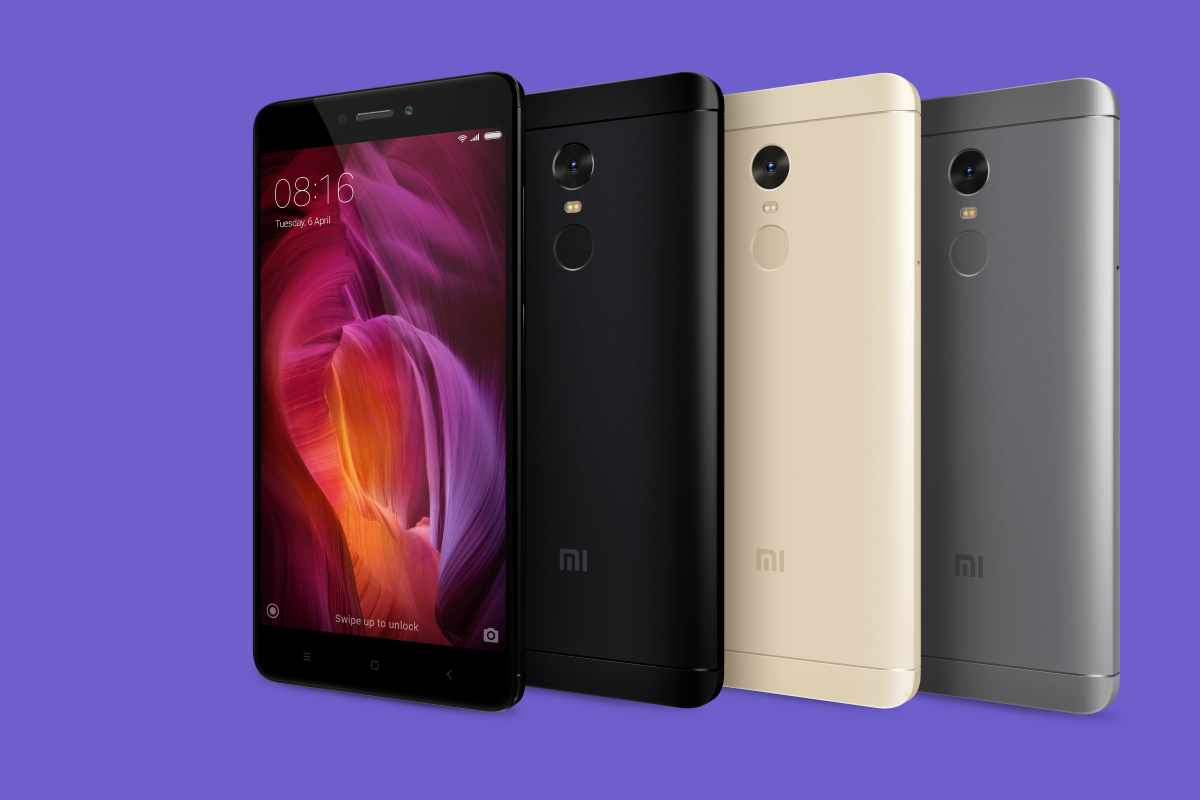
Xiaomi Redmi Note 4 gets Android Pie (Android 9) port with everything working
The Xiaomi Redmi Note 4 can now get Android Pie (Android 9) thanks to an unofficial port. Basically all hardware functions work!
Xiaomi's smartphones are some of the most popular on our forums and for good reason. They're generally affordable but make compromises that people on a budget can live with. The popular Xiaomi Redmi Note 4 with its 5.5-inch FHD display, Snapdragon 625, 4,100 mAh battery, 3/4GB RAM was one of the most popular budget devices in 2017 for that reason and remains one of the most popular on our forums with a sizable development community. The smartphone launched with Android 6.0 Marshmallow and received an official update to Android 7.0 Nougat, but thanks to XDA Senior Member abhishek987, owners of the Redmi Note 4 get to experience the latest version of Android, Android Pie (Android 9), with basically everything working.
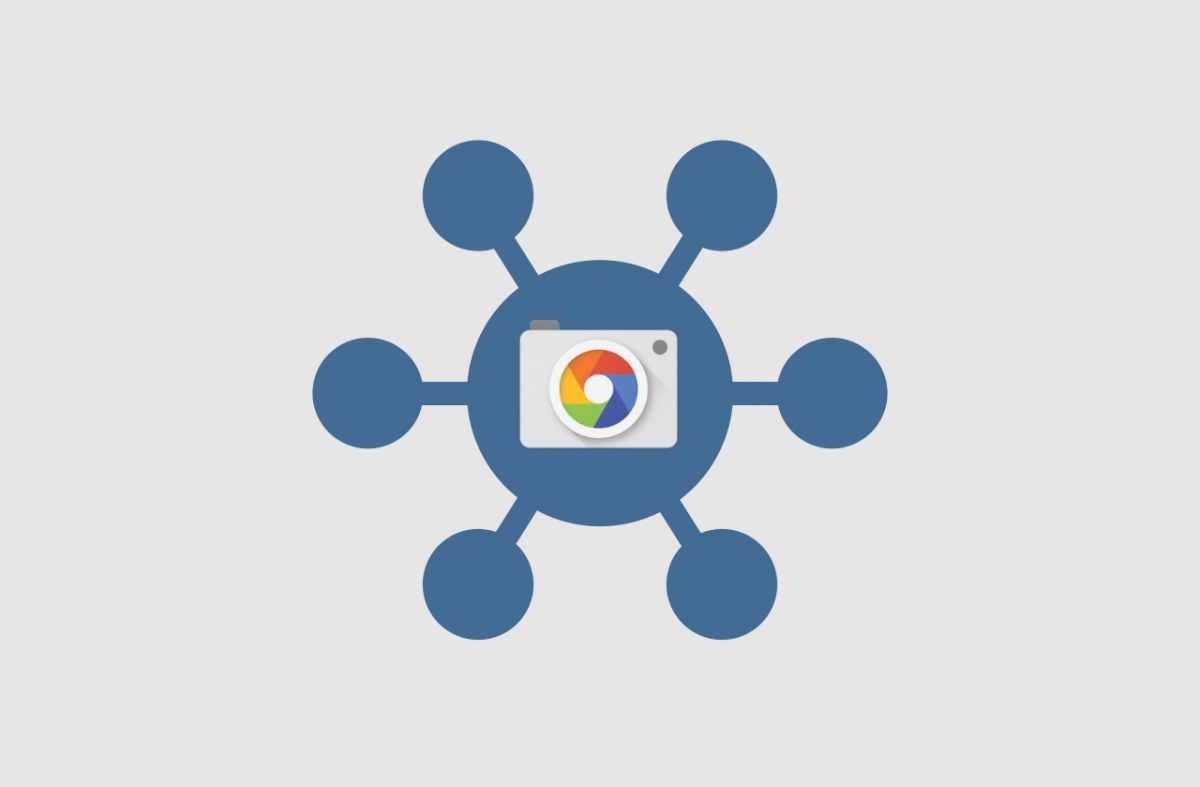
Download the best Google Camera port for your Android device
The Google Camera Port Hub is a centralized location where you can go to find a working port for your device. Currently, the hub has over 40 devices listed.
One of the best developments in the Android community in recent years has been Google Camera ports. The Google Pixel's picture-taking ability is spectacular, even though the camera hardware may be better on other devices. A lot of the Google Pixel's photo magic comes from the Google Camera app. Features like HDR+ and portrait mode make the camera really shine. A vibrant community of developers and users has sprung up to bring these features to as many devices as possible.
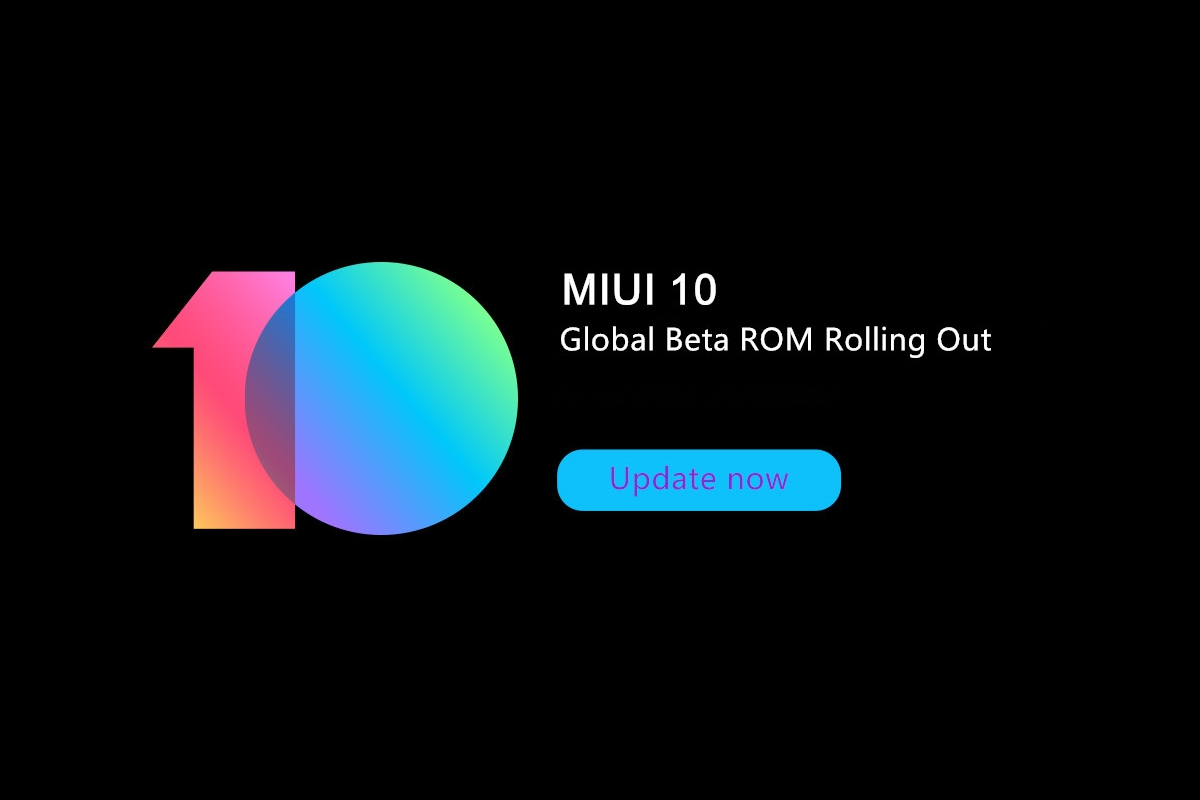
MIUI 10 Global Beta 8.7.12 now available for 21 Xiaomi devices
Xiaomi has released MIUI 10 Global Beta 8.7.12 for 21 Xiaomi phones, including the Xiaomi Redmi Note 4, Xiaomi Redmi 4X, Xiaomi Mi Max 2, and more.
Xiaomi has been making good progress when it comes to rolling-out MIUI Beta ROMs for its devices. The company has revealed the roll-out schedule of MIUI 10. The company's popular custom user interface comes in two variants: MIUI 10 China and MIUI 10 Global. The China ROM is intended for Chinese users, whereas the Global Beta ROM is intended for a global audience and comes with Google Play services integration. Xiaomi phones that are sold internationally ship with MIUI Global Stable ROM.

MIUI 10 China Alpha 8.7.2 now available for 11 Xiaomi devices
MIUI 10 China Alpha is now available for 11 Xiaomi devices, including the Xiaomi Redmi Note 4X, Xiaomi Redmi 4X, Xiaomi Mi 6, Xiaomi Mi Max 2, and more.
MIUI is available in two forms: MIUI China Stable and MIUI Global Stable. The two ROMs have important differences in functionality, as Global ROMs are intended for a global audience. MIUI Global ROMs have Google Play services integration, while MIUI China ROMs don't come with Google Play services are integrated with Xiaomi's online services. Languages and region-specific functionality are different as well. It's important to keep the above the mind when dealing with MIUI 10. MIUI 10 China was announced by Xiaomi alongside the Xiaomi Mi 8, Xiaomi Mi 8 Explorer Edition, and the Xiaomi Mi 8 SE at an event in China in May. MIUI 10 Global, on the other hand, was announced at the Xiaomi Redmi Y2 event in India last month.

MIUI 10 China Beta is Here for the Xiaomi Mi Note 3 and Xiaomi Redmi Note 4X
MIUI 10 China Beta is here for the Xiaomi Mi Note 3 and the Xiaomi Redmi Note 4X, Xiaomi Redmi Note 4 Qualcomm (mido). Read on to know more!
MIUI 10, the successor to MIUI 9, was announced alongside the Mi 8, Mi 8 Explorer Edition and the Mi 8 SE. MIUI 10 features a new UI, redesigned keeping in mind the needs and demands of smartphones with high screen-to-body ratios and thin bezels. The brand new Recents menu, for example, features a 2x2 app grid to enable more apps and content to be visible, as opposed to the sideways scrolling card switcher that was found on MIUI . It also supports full-screen gestures to help users live without capacitive buttons.

MIUI 10 China beta now available for the Xiaomi Redmi Note 4
The MIUI 10 China beta is now available for the Xiaomi Redmi Note 4, check out what you need to install it here! It appears to be very buggy.
MIUI 10 looks to be the best version of MIUI yet. With a number of new camera features and a newly re-worked UI with parts reminiscent of Android P, Xiaomi's flavor of Android is looking better than ever. If that has you excited, then you'll be happy to know that you can flash the MIUI 10 China beta right now on the Xiaomi Redmi Note 4 (mido). This is courtesy of XDA Junior Member Camerado who posted the recovery ROM in our forum. The China Developer ROM is already available for a number of other devices, and the Global Developer ROM is likewise available for many devices. You can follow the same instructions to flash the ROM onto the Redmi Note 4.
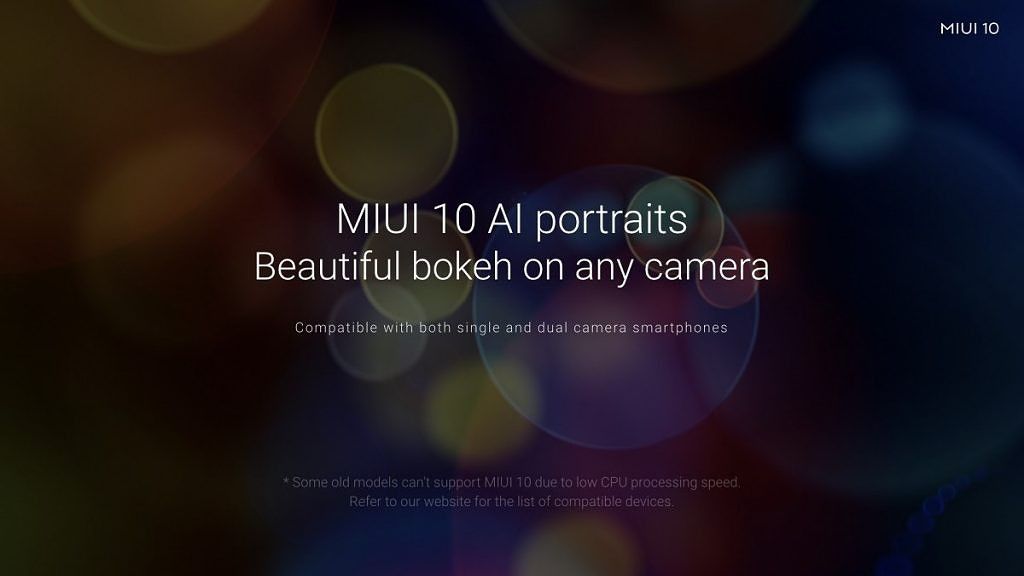
List of Xiaomi phones that'll get single camera portrait mode with MIUI 10
A number of Xiaomi phones have been announced to receive single camera portrait mode, released with MIUI 10. Is your device supported?
With the recent announcement of MIUI 10, a huge number of new features are getting introduced on lots of Xiaomi devices. MIUI 10 boasts a brand new redesigned UI, for instance, along with optimizations for speed and artificial intelligence integration for photo taking. Interestingly, the company also announced that by training deep learning algorithms on roughly 100,000 photos, Xiaomi's single-camera devices will be able to take portrait mode photos on MIUI 10 - though they didn't confirm which devices would be able to take these photos.

MIUI 9 was announced back in July 2017. The global version of MIUI 9 was launched in November, and since then, Xiaomi has slowly updated most of its smartphones with MIUI 9. MIUI 9 brought performance improvements, while the incremental MIUI 9.5 update also brought notification handling behavior in MIUI in line with stock Android. At an event in China, Xiaomi announced MIUI 10, the successor of MIUI 9, alongside the launch of the Mi 8, Mi 8 Explorer Edition, and the Mi 8 SE.

LineageOS 15.1 Changelog 18: Reader Mode, "Chrome Home" in Jelly, Per-app network restrictions, and more
Since the last release of LineageOS 15.1, a ton of new features and devices have been added. We go over what's new in LineageOS including features like Reader Mode, a new reachability Chrome Home-like feature in Jelly browser, per-app network restrictions, and more.
On all supported devices, LineageOS 15.1 is released on a weekly basis. It can be hard to keep up with what's new in the popular AOSP-based custom ROM unless you religiously follow their Gerrit, so the team has put together a changelog to keep you updated on what's new in the ROM. Today, the team has published their 18th changelog, and there's a lot of features to cover since their last changelog post on April 1st. Here's what's new:
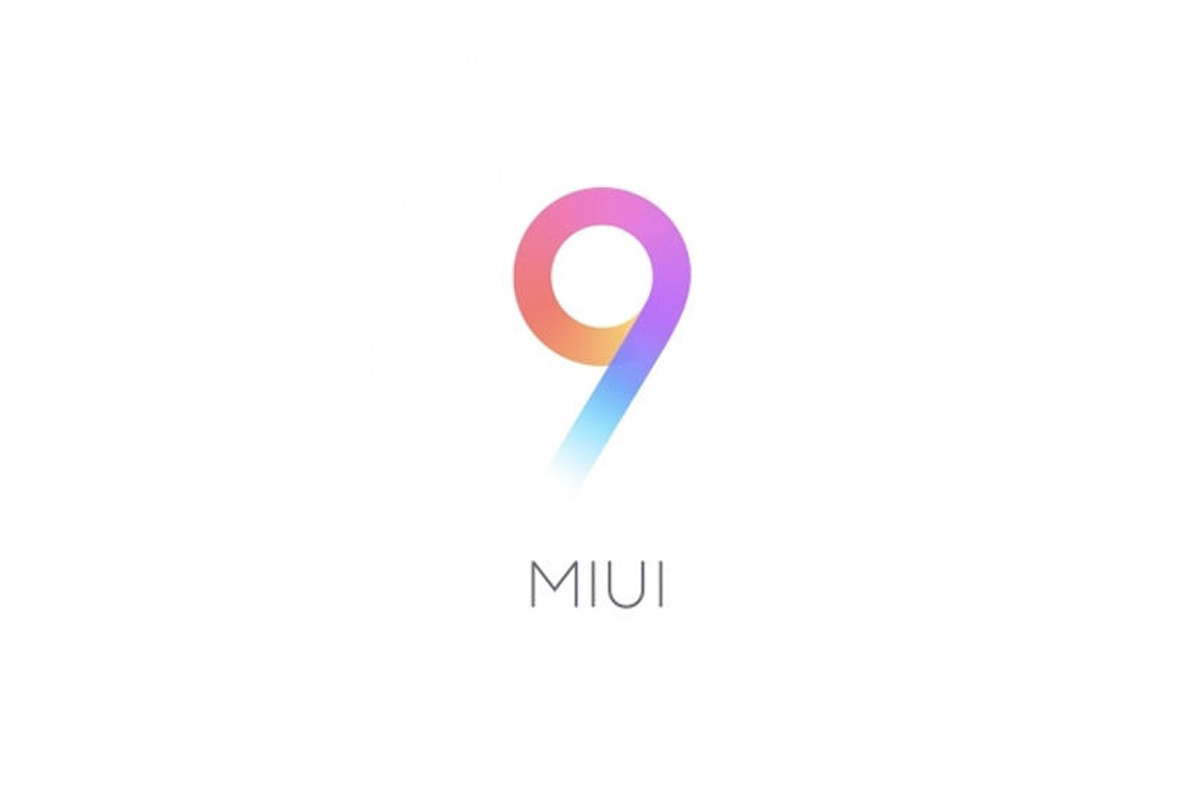
Xiaomi Redmi Note 4X, Xiaomi Mi Max, and more receiving MIUI 9.5 Global Stable ROM
Xiaomi has started rolling-out the MIUI 9.5 Global Stable ROM to the Redmi Note 4 Qualcomm variant (Redmi Note 4X), Redmi Note 3 Qualcomm variant, Mi Max, and more. The update brings MIUI notifications on par with stock Android.
In November, Xiaomi launched the global version of MIUI 9. The update began rolling out to the first batch of phones in the same month, starting with the Xiaomi Redmi Note 4. Then, in January, the company started rolling-out the MIUI 9.2 Global Stable update to supported devices, including the Redmi Note 3.

MIUI 9 Global Stable ROM now available for all supported Xiaomi India devices
The MIUI 9 Global Stable ROM is now available for all supported Xiaomi devices. The list of devices includes almost four-year-old devices like the Redmi 1s and the Mi 3.
Xiaomi announced the MIUI 9 China ROM back in July. Then, in November, the company officially announced the global version of MIUI 9. MIUI 9 Global is different from the Chinese version of MIUI 9 as it's intended for international markets and includes Google Play services.

How to Enable Face Unlock on the Xiaomi Redmi Note 4
The Xiaomi Redmi Note 5 doesn't ship with a facial authentication feature, but a group of developers on the XDA forums have managed to port Face Unlock from the Redmi Note 5 Pro.
While Android has a basic implementation of facial authentication, it wasn't until the iPhone X that the feature started to gain traction. Various OEMs, including Huawei and Honor, have been working to bring their own version of the feature to their devices. Meanwhile, unofficial solutions are bringing Face ID-like unlocking to even more smartphones. XDA Junior Member shubhandu, with assistance from oc01 and Barnum on 4pda.ru, was able to port Face Unlock from the Redmi Note 5 Pro to the Xiaomi Redmi Note 4. So far, the developer has tested it on the latest Stable MIUI V9.2.1.0.NCFMIEK (MIUI9) and Developer Rom 8.2.8 (MIUI9), but a forum member says it worked for him on China Stable 9.2.1.0 as well.
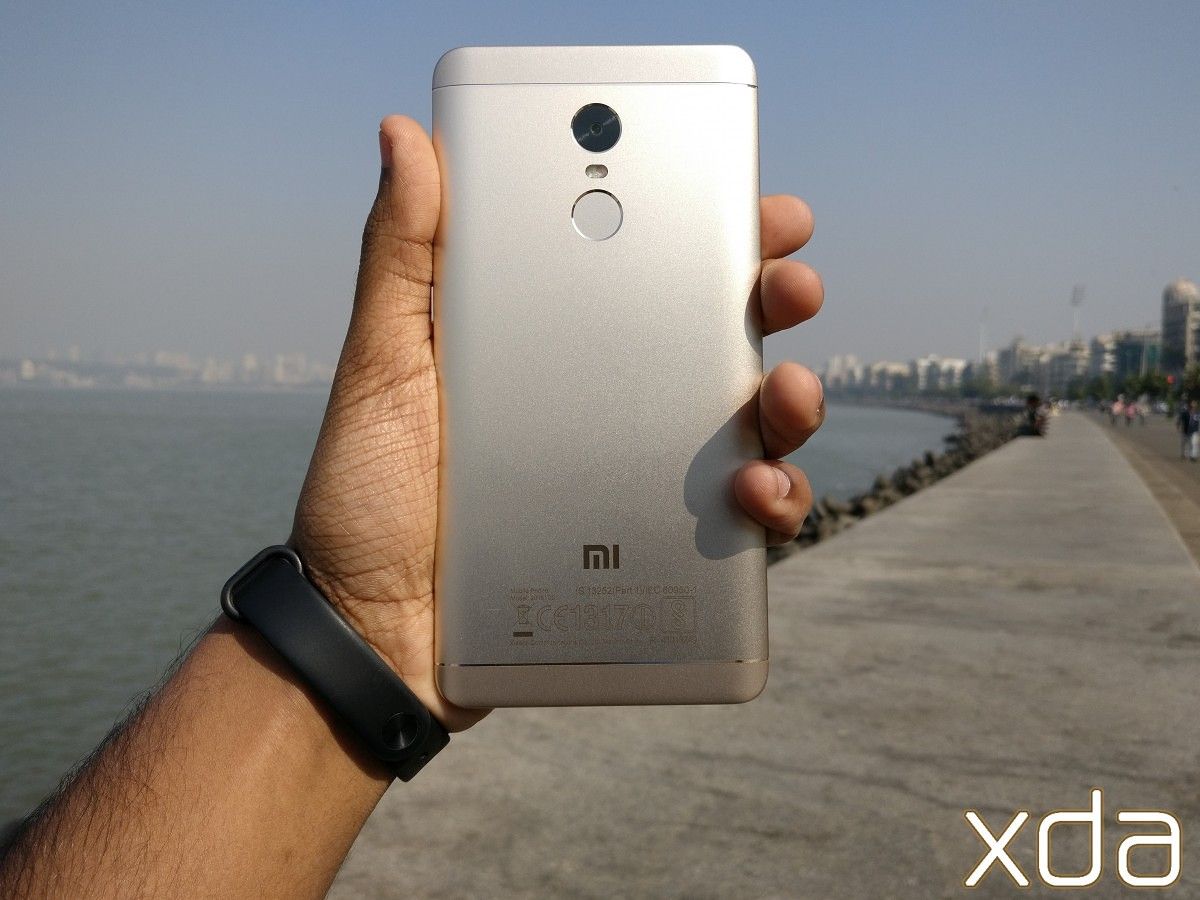
Developer Brings Full Project Treble Compatibility to the Xiaomi Redmi Note 4
A developer on our forum has managed to bring full Project Treble compatibility to the Xiaomi Redmi Note 4, and he's proved it by booting a generic Android 8.1 Oreo. This opens up the door for much easier future custom ROM development, and will be hugely beneficial once Android P comes around.
If you have been following the XDA Portal, then you'll know how excited we are about Google's Project Treble. In a nutshell, Project Treble is perhaps the most significant low-level change to the Android Framework in years. It involves separating vendor Hardware Abstraction Layers (HALs) from the Android Framework into a new vendor partition, and having the HALs communicate with the Android Framework through a new Vendor Interface via what's called the HAL Interface Definition Language (HIDL). Doing this will theoretically speed up future software updates since device makers, also known as OEMs, will no longer have to wait for vendors like Qualcomm to upgrade their binaries before they can start work on the next version of Android (like Android P).





